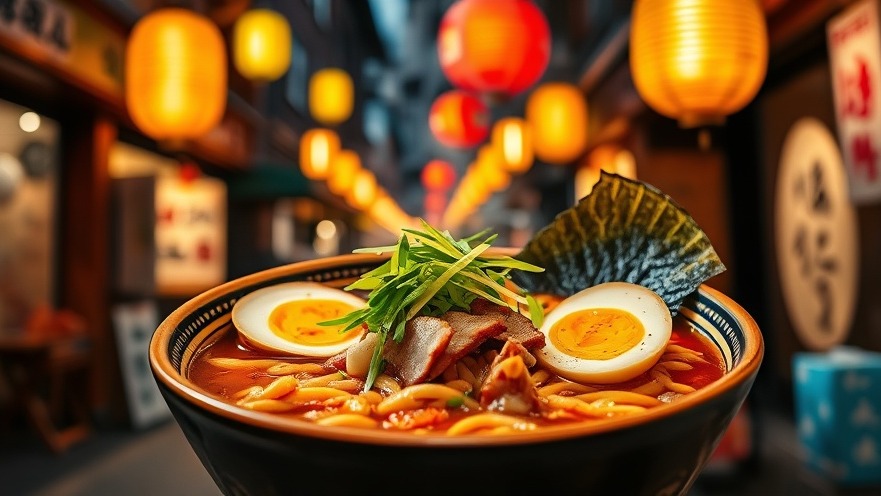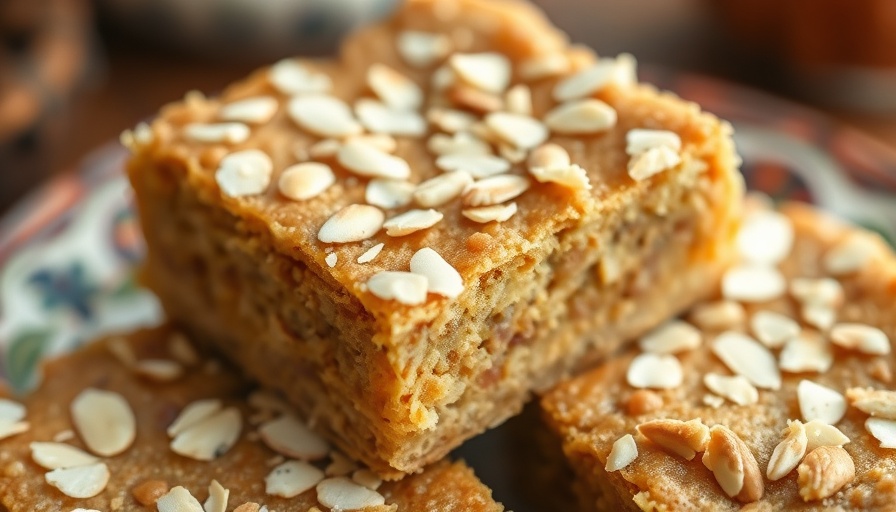
Unravelling the World of Japanese Noodles
If you've ever found yourself puzzled by the variety of noodles lined up in the Asian aisle of your local supermarket, you're not alone. Japanese noodles, rich in tradition and nutritional benefits, are a delightful culinary journey waiting to be explored. From the popular ramen to the lesser-known harusame, each type has a unique base, texture, and flavor profile that can elevate a meal. Let's dive into the most widely consumed Japanese noodles and explore their cooking methods.
Ramen: The Staple of Japanese Cuisine
Ramen noodles, perhaps the most recognizable Japanese noodle type, have taken the culinary world by storm. Characterized by their chewy texture, ramen is traditionally made from wheat flour, salt, and water, and unique lye water, which gives them their springy quality. Found in various forms, from instant ramen to gourmet varieties, these noodles are always a quick meal solution.
Ramen is often enjoyed in a rich broth, be it miso, tonkotsu, or shoyu. For an extra nutritional kick, consider enhancing your bowl with protein-rich soft-boiled eggs, fresh vegetables, or even tofu. Notably, while instant ramen is convenient, try to limit consumption to maintain nutritional balance.
Udon: Thick, Chewy Goodness
Thick, chewy udon noodles provide a comforting option alongside soups and stir-fries. Made from wheat flour, salt, and water, udon offers a delightful chewiness that can be a hearty foundation for a multitude of dishes. They are typically sold fresh, requiring minimal cooking time, making them an ideal candidate for stir-fries and brothy soups.
For a quick meal, toss cooked udon with soy sauce, vegetables, and your protein of choice. Alternatively, try frying them for a crispy finish. However, with thick udon, be sure to cook only until just tender to prevent an undesirable mushy texture.
Soba: The Gluten-Free Alternative
Soba noodles provide a healthy alternative for those seeking gluten-free options. Made primarily from buckwheat flour, these noodles are not just versatile but are also nutritious, providing a rich source of protein and fibre. Recognized as a Blue Zone food staple, these noodles are prominent in Okinawa's diet and can be served cold or in tasty hot noodle dishes.
For a summery treat, serve soba cold with a simple dipping sauce, or incorporate them into warming soups. When preparing soba, it's essential to rinse them after boiling to remove excess starch, enhancing their texture.
Shirataki: The Low-Calorie Choice
Shirataki noodles, containing minimal calories, are an excellent option for those managing their weight. Made from glucomannan, the root of the konjac plant, these noodles are primarily water. As a low-carb option, they're popular among health-conscious eaters and can add volume to meals without adding significant calories.
When cooking with shirataki, it's essential to rinse them thoroughly to eliminate any unwanted flavors. Pairing these noodles with strong sauces or in hearty dishes can make for a satisfying meal.
Preparing to Cook: Tips and Techniques
Understanding the essence of each noodle is key to mastering their preparation. When cooking Japanese noodles, always refer to the packaging for optimal cooking times, as they can vary significantly. Rinsing noodles after boiling, especially soba and shirataki, is essential for achieving the right texture.
Moreover, don't shy away from experimenting with various sauces and toppings. Combining fresh ingredients like leafy greens, mushrooms, and proteins can create a balanced dish. Remember to keep flavors robust to complement the noodles you choose.
Elevating Your Dishes: Popular Japanese Noodle Dishes
In Japan, noodles are often associated with cultural dishes that embody warmth and comfort. From classic ramen bowls filled with rich broth and toppings to chilled soba served with a refreshing dipping sauce, these creations bring community and family together.
Exploring dishes like yakisoba—stir-fried noodles tossed with vegetables and proteins—can diversify your cooking skills while allowing you to enjoy the textures and flavors of the noodles. The combination of different ingredients makes every noodle dish a canvas for creativity.
Conclusion: Start Your Noodle Adventure
Japanese noodles are not merely a quick meal but rather a gateway to a culture rich in flavors and traditions. With a diverse range of types available, you can easily adapt these noodles into your diet, enriching your meals while enjoying their unique benefits. So whether you're a seasoned chef or a curious beginner, grab some noodles and start your culinary adventure today!
 Add Row
Add Row 

 Add Element
Add Element 


 Add Row
Add Row 
 Add
Add 
Write A Comment